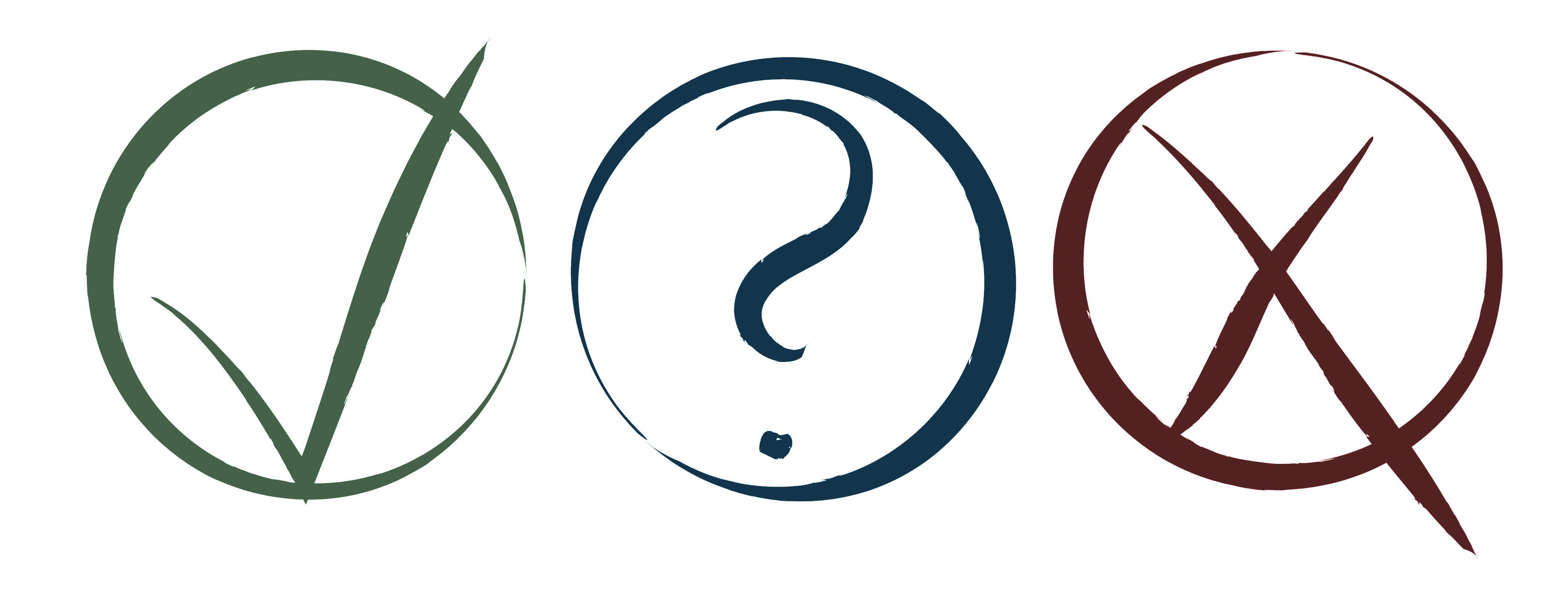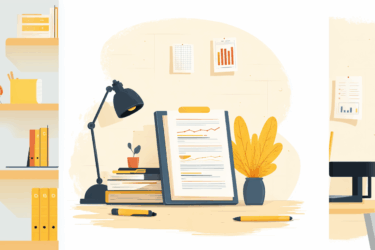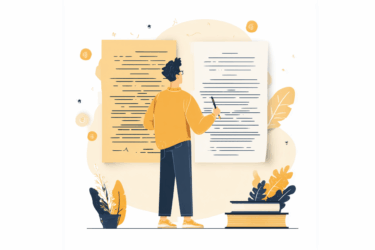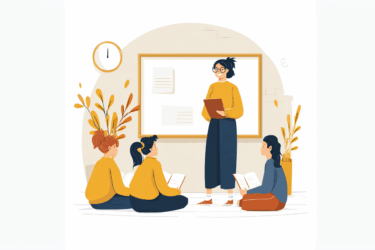Academic decency is the cornerstone of an effective educational process and the default requirement for any assignment. Teaching students to develop critical mindset and come up with original ideas is a significant responsibility for an educator, and it is important for professors to find the balance between coaching and policing their students. Technology today allows checking whether a student’s paper is original, but there is still work for educators to determine the academic decency of their students.
False positive similarity in text

False negative similarity in text


How PlagiarismCheck.org works
PlagiarismCheck.org is a tool that helps educators to estimate the originality of students’ writing and to detect similarity with other written works. The technology takes into account the possibility of false positive or negative results, and includes repository records of the institution.

The tool aims to minimize the possibility of obtaining false results. The checker marks fully matching text and cited text differently, which also helps to track the appropriate referensing of the sources used. So, technology today can become a great helper for professors in their defense of academic decency. However, it is important to remember that no tool is 100% accurate. Hence, it is necessary both to analyze flagged text and to check the coherence of the unflagged one. Try PlagiarismCheck.org and get a detailed report on alleged plagiarism!
PlagiarismCheck.org provides effective solutions for teachers, students, and content creators. Scan for plagiarism and try our AI text detector now!






